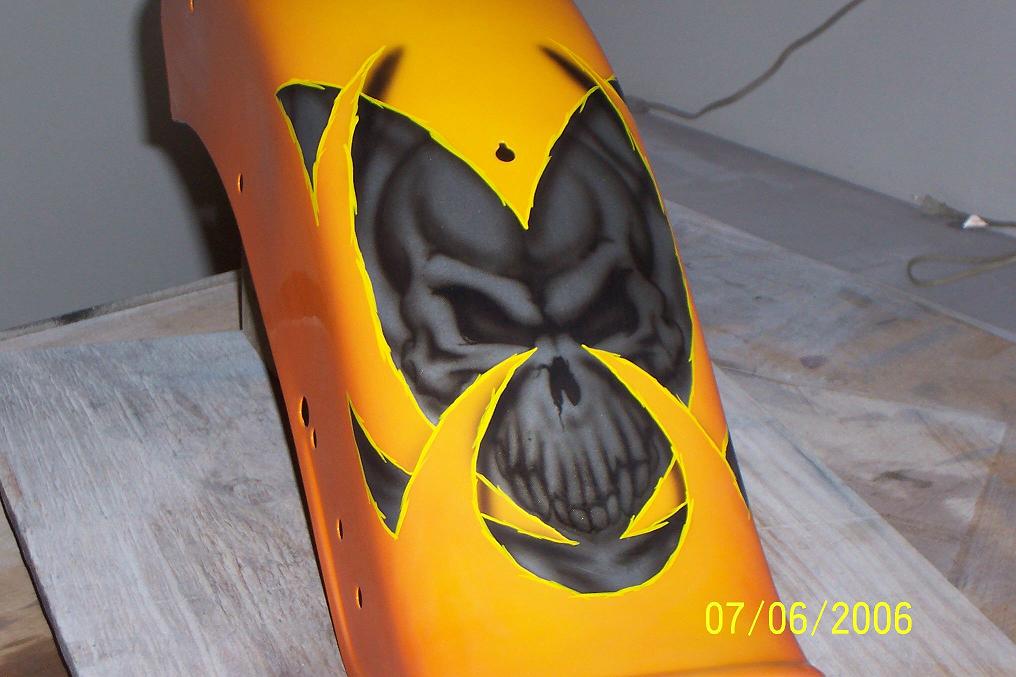
 |
|
||||||||||||
|
|
|||||||||||||
|
|
|||||||||||||
|
|
|||||||||||||
|
Decorative sanding (or fine sanding) is carried out not using a solid wheel, but special elastic wheels, which consist of a base and abrasive material. The abrasive material is fine fractions of quartz, corundum, emery. They are applied to the base with the help of binders (liquid glass, adhesives, etc.). The base (elastic circle) is made of tarpaulin, leather, felt, cotton cloth, felt and other materials, which are further pressed, glued and stitched (one elastic circle often consists of several layers). The grain size of the abrasive material for fine grinding is about 75 - 200 microns. After the operation of decorative grinding and before the subsequent polishing, matting is often carried out. Matting is a process of grinding, only for its implementation, they do not use circles with abrasive, but elastic circles with special pastes. If the surface is flat, you can use a simple wheel with a small pile or without it. Items that have a complex shape are matting on special circles, which are made of polymeric materials (nylon, kapron, etc.) or sea grass (sisal, fiber). For matting of non-ferrous metals and ferrous metals, the following compositions may be used: a) 10% paraffin, 80.8% marshallite, 9% solidol T and 0.2% ceresin; b) 43.4% solidol T, 43.4% paraffin, 13.2% purified petrolatum; c) 76.1% brick dust, 13.5% stearin, 1.4% sandpaper #3, 0.9% Vienna lime, 8.1% solidol T. Circles made of felt, felt, leather, sandpaper are made by dialing. In this case, a wooden or metal base is used as a base. Fabric circles are made by stitching together a number of pre-prepared disks. These disks can be cut from canvas, flannel, tarpaulin, baize, calico, etc. The outer diameter often does not exceed 25 - 40 cm. A wheel for grinding or polishing includes from 12 to 15 sections, in turn, in each of them 15 - 20 discs stitched or glued to each other. In large-scale productions, the discs are cut with presses, and in small businesses, also by hand. The hardness of the disk depends very much not only on the material used for its manufacture, but also on the method of stitching. The more frequent the stitching, the harder the circle is. Concentric and spiral stitching methods are widely used. Methods of stitching cloth circles: - radial; - concentric; - cross-shaped; - tangential; - spiral, etc. After the wheel has been stitched, it is balanced and centered on special machines. Then, when the surface has become balanced, the grinding or polishing wheel is treated with adhesive (carpentry or casein). The glue is first heated, and only then applied in an even layer to the wheel. Then, on special machines, the abrasive material is rolled (manually or automatically) heated to 40 - 45 ° C. In addition to grinding wheels, grinding belts can also be used. This endless belts with abrasive material, fabric belts, bonded together strips of abrasive sandpaper or cloth-based sandpaper, etc. Degreasing Degreasing is used to remove oily and greasy soiling. Special solvents are used for this purpose: kerosene, white spirit, trichloroethylene, gasoline, and solutions of various salts and bases. The product is dipped into a bath with solvent, washed with it or simply wiped over the metal surface. Degreasing is divided into: chemical and electrochemical, ultrasonic, thermal. |
|
|
|
|
|
|
|
| Site Map |